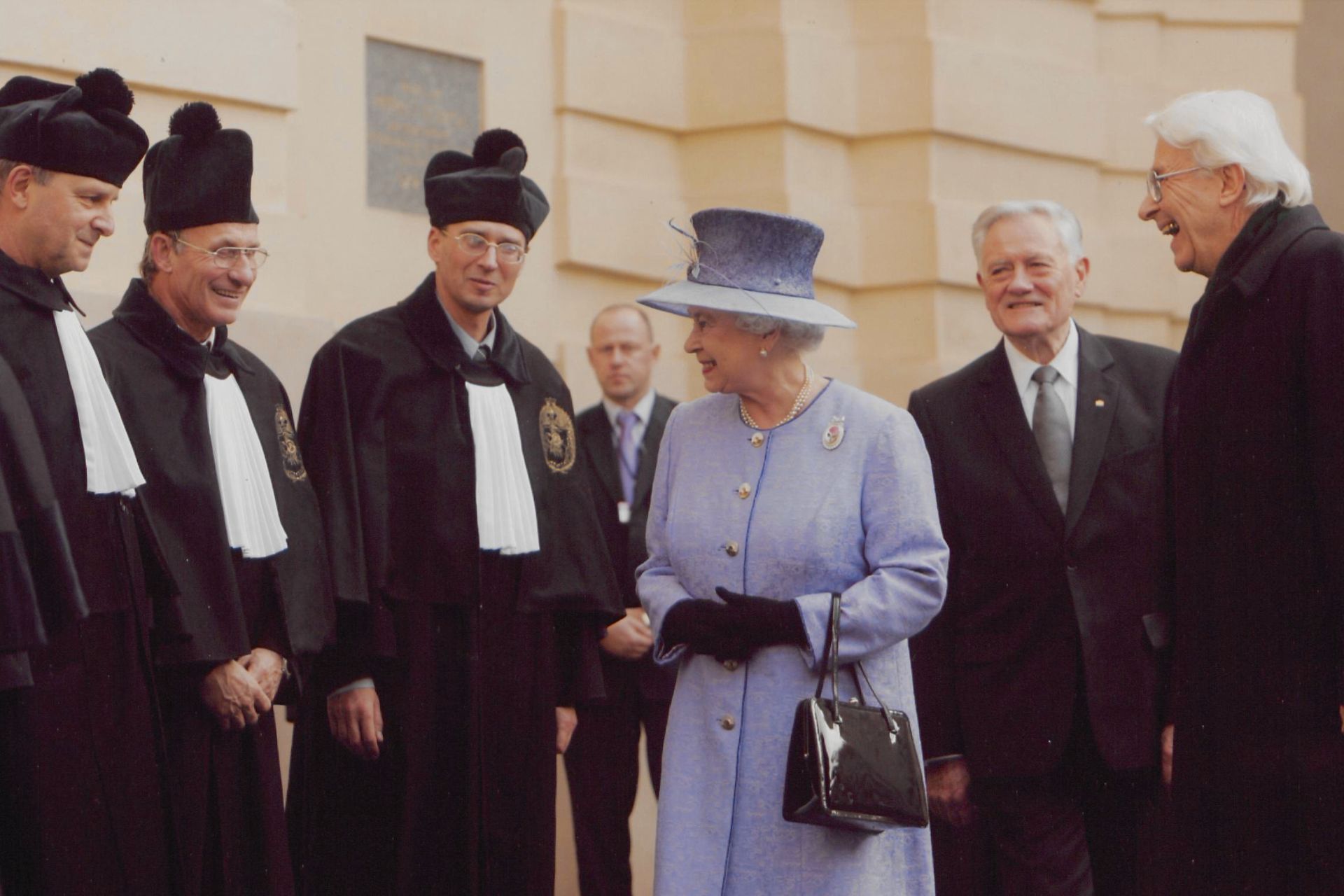The Era of Queen Elizabeth II: Woman as the Head of State
 ‘Being a leader without actual power is something worthy of note,’ emphasizes Vilnius University Kaunas Faculty Professor Virginija Jurėnienė, remarking on the reign of Queen Elizabeth II (1926–2022), who passed away on 8 September.
‘Being a leader without actual power is something worthy of note,’ emphasizes Vilnius University Kaunas Faculty Professor Virginija Jurėnienė, remarking on the reign of Queen Elizabeth II (1926–2022), who passed away on 8 September.
The public image of Elizabeth II
Prof. Jurėnienė considers Queen Elizabeth II a world leader despite her lack of actual power in the United Kingdom (UK). This was due to her sense of duty and a creative approach to fulfilling it. Creativity, according to Prof. Jurėnienė, was needed to restore the authority of and trust and pride in the head of state after the death of Princess Diana and other intriguing stories about the royal family that appeared in the media.
Queen Elizabeth II’s public image encompassed both her public appearances and her private life. ‘In the public sphere, the Queen was seen as a relentless monarch and politician, and in her private life, as a loving wife, mother-in-law, grandmother and great-grandmother. Her role of a great-grandmother was something the public knew relatively little of,’ says Prof. Jurėnienė.
Women leaders in the United Kingdom
During the reign of Queen Elizabeth II, three women became UK prime ministers, namely Margaret Hilda Thatcher (1979–1990), Theresa May (2016–1919) and Mary Elizabeth Truss.
Thatcher was an influential creator of the Queen Elizabeth II era, who defended the Queen’s role as the head of state, her power overseas, as well as her as a person.
‘That was the first time in British history that the state was run by two women (Queen Elizabeth II and Thatcher), with one of them serving as the head of state and the other as the head of government. This raised a lot of eyebrows in the British public. Although this happened already in the second half of the 20th century, the second and the third wave of feminism occurring at the time was a good indication of women’s limited role in the public sphere,’ says Prof. Jurėnienė.
‘The personal relationship between Queen Elizabeth II and Prime Minister Thatcher piqued the interest of the tabloid press. Historical sources indicate weekly meetings between the prime minister and the Queen to discuss government matters. Interestingly, the Queen attended Thatcher’s 80th anniversary and her non-state funeral (for the first time since the state funeral of Winston Churchill in 1965),’ explains Prof. Jurėnienė.
‘It can be argued that their duo allowed women to take up the reins of government with more confidence. We witnessed women working hand in hand and wisely resolving complex global political issues at the highest political level, such as the future of Europe, i.e. the establishment of the EU and its common currency,’ she says.
The era of Queen Elizabeth II
According to Prof. Jurėnienė, the reign of Queen Elizabeth II deserves to be called an era due to not only its length but also the changes that happened during it.
‘I would describe her era at the throne as the establishment of human rights in the entire world because the colonial system collapsed and in the early 1960s, a number of nations that had belonged to the UK were given the right to decide their fate. It is worth remembering that from the early 19th century, the UK was one of the largest global colonial powers. Although not directly related to Queen Elizabeth II herself, the communist system and the Cold War also came to an end during her reign,’ says Prof. Jurėnienė.
A number of other historic decisions were made during her reign, too. Prof. Jurėnienė mentions the Queen’s blessing for the UK’s accession to the European Economic Community and exit from the EU. In both cases, Queen Elizabeth II believed this was the right path for the British people to flourish and develop.